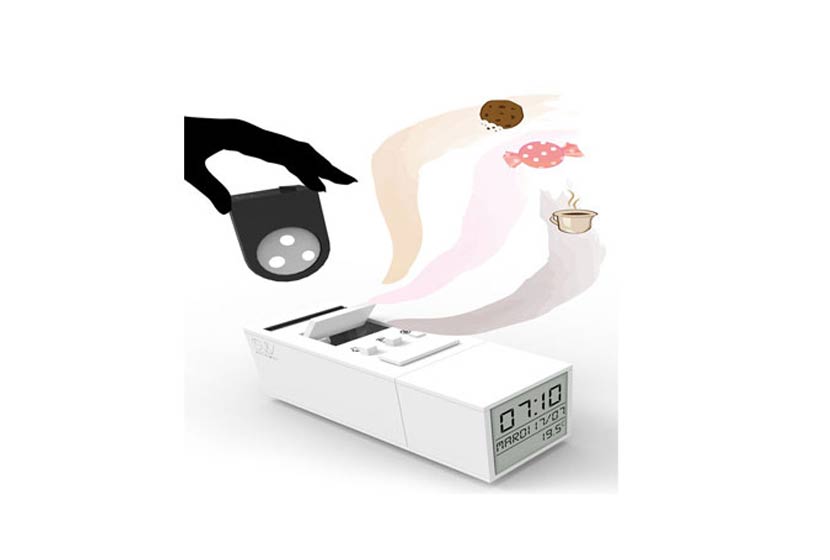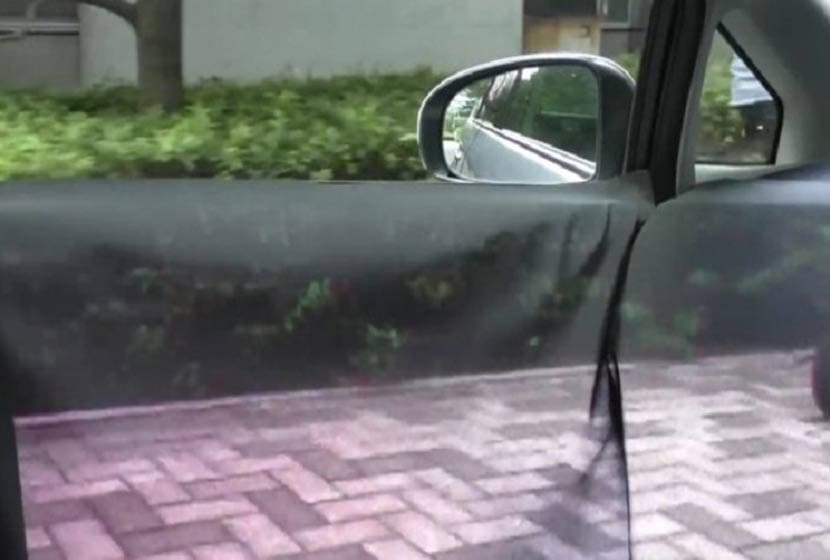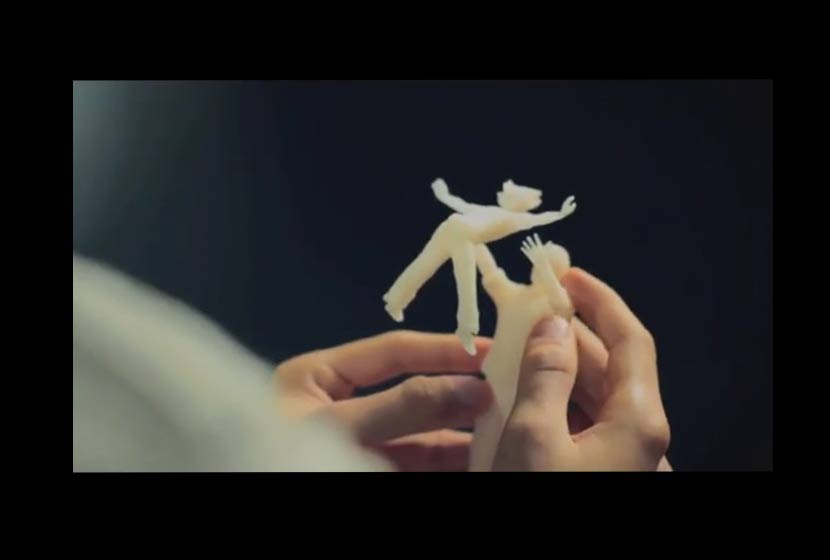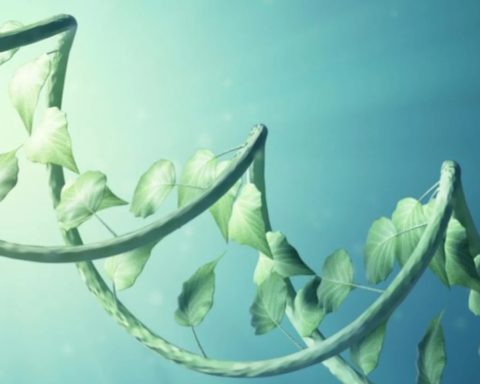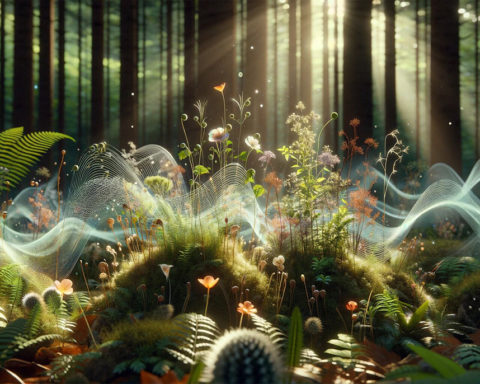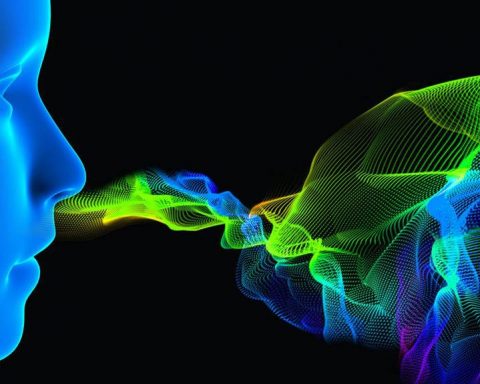No more screeching alarms, no more loud alarm clocks! From now on, waking up with the good smell of coffee or toast will soon be possible in order to get up on the right foot every morning. The SensorWake is the olfactory alarm clock invented by a young 18-year-old from Nantes, Guillaume Rolland.
Guillaume Rolland has already won many awards with his invention: Young Inventors Award, Gold Medal at the 2014 European Lépine Competition, European Innovation Award, World Intellectual Property Organization Award and international finalist at the 2014 Google Science fair in Silicon Valley. He joined the UTC (Université de Technologie de Compiegne) to prepare an engineering degree.
A fan propels the odour contained in a capsule to the sleeper. Guaranteed to wake up in 30 seconds
The principle of the alarm clock is quite simple. "The appliance works like a Nespresso machine, with scent capsules to be slid at the back, in front of the fan. Each capsule lasts about three days," explains Guillaume Rolland. When the time of waking up is displayed on the screen, the fan is activated to release the scents. So when the built-in clock shows the time of the alarm clock, the flap will rise to signal the fan to release a scent to the sleeper and throughout the room for about 10 minutes.
The user can also choose to activate a light and/or alarm in addition to the scent mode to make sure they wake up.
 From a 3D drawing that he himself made using software, the Ecole Centrale de Nantes makes the final prototype using a 3D printer. "Etienne Labaou, a design student, took care of the appearance of the alarm clock...says Guillaume. Exhalia, a company specialising in perfumes, supplies me with essential oils. » As for the smells, we find: coffee, pastries, chocolate, strawberry tagada, apricot jam, chopped wood...And soon the American dollar (sic!).
From a 3D drawing that he himself made using software, the Ecole Centrale de Nantes makes the final prototype using a 3D printer. "Etienne Labaou, a design student, took care of the appearance of the alarm clock...says Guillaume. Exhalia, a company specialising in perfumes, supplies me with essential oils. » As for the smells, we find: coffee, pastries, chocolate, strawberry tagada, apricot jam, chopped wood...And soon the American dollar (sic!).
What opportunities?
The SensorWake is particularly interesting for elderly or profoundly deaf people, explains the young inventor. In addition, profoundly deaf people have a much more developed sense of smell, hence the interest of such an invention to ensure their autonomy from the moment they wake up.
To achieve his olfactory awakening, Guillaume Rolland had to carry out assembly tests with various components and then choose the ideal electrical current voltage to power the fan. Then he performed olfactory tests with menthol and observed that in 100% of cases, subjects woke up between 30 seconds and two minutes after the diffusion of the perfume.
The SensorWake "will be definitively marketed in mid-January in France and worldwide", and pre-orders are possible from December. Sold at 65 euros with three capsules, the popularity of his product should be tested by a campaign on the KickSarter crowdfunding site where he hopes to reach the $100,000 support mark.
Synthetic perfumes when you're holding us...
Smell" technologies are in vogue! The olfactory art reaches new heights with synthetic molecules that offer new sensations and applications. Synthesis chemistry makes it possible to reproduce a "tailor-made" smell from natural or artificial compounds.
We see it here with SensorWake but it is already the case with the oPhoneThis gadget promises to revolutionize mobile messaging by enabling remote scent sending via an iPhone app.
The organic chemistry revolution of the 19th century made this explosion possible, and brought the public's enthusiasm. The olfactory sensation is a complex phenomenon, the understanding of which advances with the knowledge of the physiological mechanisms, not only of the receptors of the peripheral olfactory system, but up to the level of the genes involved, which led to Richard Axel and Linda B. Buck the Nobel Prize for Medicine and Physiology in 2004. It is now known that an olfactory sensation results from the activation of a network of receptors, and that it is the combinatorial dimension of the phenomenon that explains the diversity of these sensations, greater than the number of receptors involved. Let us recall that as early as 1884, the French writer Joris-Karl Huysmans imagined a perfume organ, which Boris Vian took up in the Ecume des jours for his cocktail piano.
Baudelaire wrote: "Perfumes, colours and sounds answer each other"!

